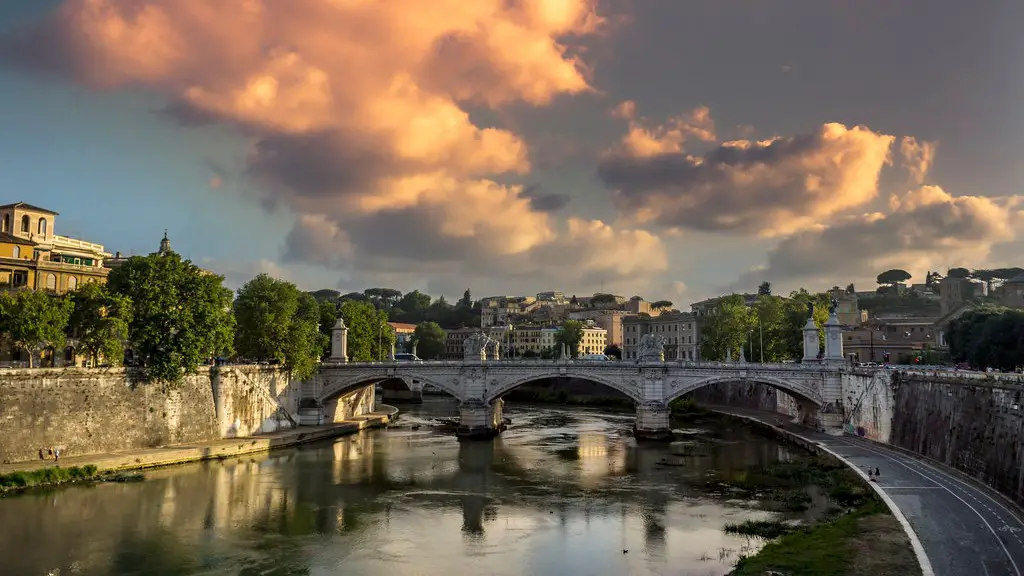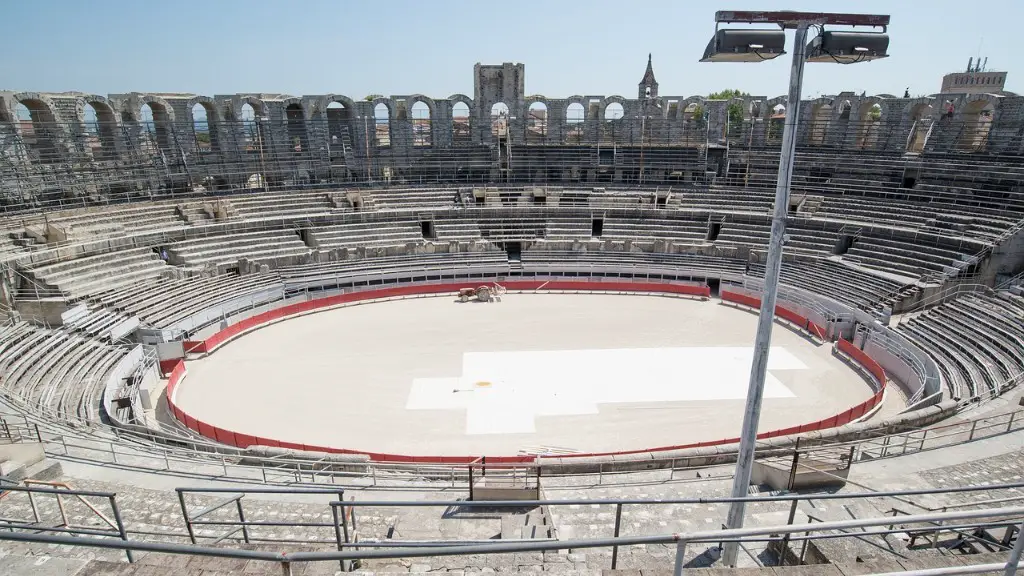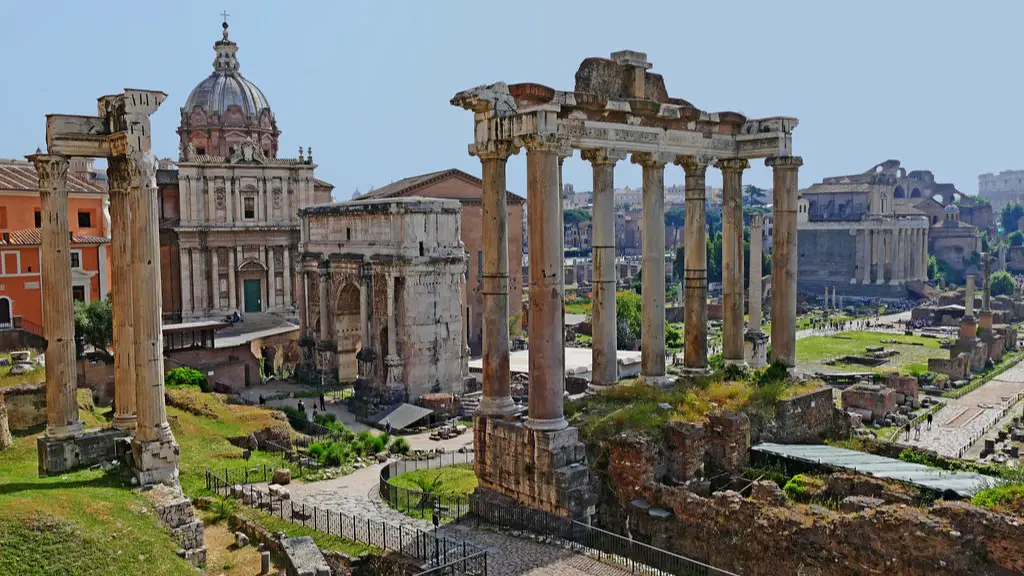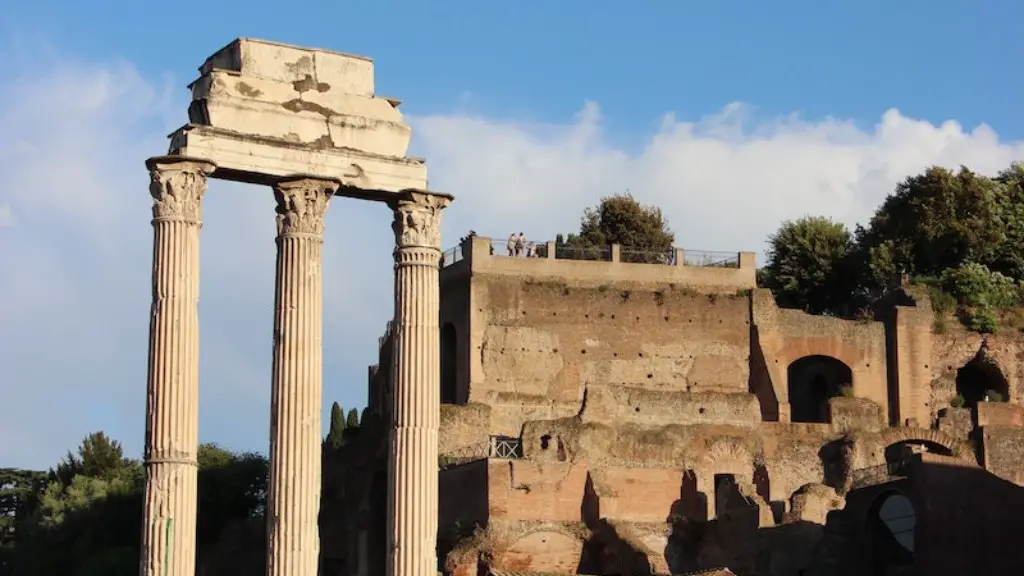The term circus in ancient Rome referred to a specific type of entertainment venue. These circular arenas were typically used for horse and chariot races, and occasionally for other public events such as executions. The first Roman circus was built in the 6th century BCE, and by the 1st century CE there were over a dozen circuses spread across the city of Rome. The largest and most famous of these was the Circus Maximus, which could accommodate over 150,000 spectators.
Circuses were public entertainment venues in ancient Rome. They featured chariot and horse races, acrobatics, juggling, and clowning.
What was the circus in ancient Rome?
The Circus Maximus was the largest stadium in ancient Rome, built for chariot races. Roman circuses were the most important centres of entertainment in the Roman cities, apart from the theatres and amphitheatres. The circus was a rectangular arena with a length of 600 feet and a width of 300 feet. The arena was divided into two sections by a cross-barrier (spina), with a length of 150 feet. The starting gates (carceres) were at the end of the arena, and the finish line was at the other end. The track (metae) around the arena was U-shaped.
Circus Maximus was the largest chariot stadium in ancient Rome. The 600 meter long stadium was located between the Palatine and Aventine hill and could accommodate as many as 150,000 spectators.
The stadium was used for chariot races, as well as for other public events such as public speeches, animal hunts, and gladiatorial fights.
The first recorded chariot race at the Circus Maximus took place in 326 BC. The last recorded race was held in 549 AD.
The Circus Maximus was also the site of the Roman Triumph, a public procession in which the victorious general displayed the spoils of war.
The Circus Maximus fell into disuse after the fall of the Roman Empire. The site was eventually buried under centuries of rubble.
The Circus Maximus was rediscovered in the 19th century and has since been restored. Today, it is a popular tourist attraction.
What does bread and circuses mean in ancient Rome
The phrase “bread and circuses” is used to describe how politicians maintain public approval through distraction. This comes from the poem Satire X by the Roman poet Juvenal. In the poem, Juvenal argues that the people have become so content with being fed and entertained that they no longer care about anything else. This is a way for politicians to keep the people happy and distracted from the things that really matter.
The Roman amphitheatres were amazing feats of engineering and architecture. They were used for a variety of entertainment purposes, but most often they were used for gladiatorial combats, chariot races, animal slaughter, and mock battles. The most famous and well-known of these amphitheatres was the Circus Maximus, which was in operation for over 1,000 years. These amphitheatres were truly amazing places and it is no wonder that they were such a big part of Roman culture.
What is a circus in history?
The Roman circus was a building used for horse and chariot races, equestrian shows, staged battles, and other entertainment. It was a popular form of entertainment in Ancient Rome.
The Circus Maximus in ancient Rome was used for a variety of entertainment purposes, including chariot races, gladiatorial displays, animal hunts and fights, and the Ludi Romani – the Roman Games. The latter were sponsored by wealthy and influential Romans to honor the gods or to celebrate a victory in battle. The Circus Maximus was a large, open-air arena that could accommodate tens of thousands of spectators, and it was one of the most popular attractions in Rome.
What was the name of First Ancient Roman Circus?
The Circus Maximus was Rome’s first and largest stadium, built in the valley between the Aventine and Palatine hills. It could seat up to 150,000 spectators and was used for chariot racing and other entertainment. The stadium was built around 300 BC and was used until the 4th century AD.
The Colosseum is a large amphitheater in Rome, Italy. It was built during the Roman Empire and was used for gladiatorial shows and public executions. The Colosseum replaced the Circus as the prime space for gladiatorial shows and staged animal hunts, called venatio.
Was Maximus a Caesar
The Praetorian Guard was a special force of soldiers in the Roman army that acted as the emperor’s bodyguard. In the year 68 AD, they acclaimed Galba, a peasant, as emperor when the previous emperor, Nero, died. The Senate, who were the ruling body of the Roman Empire, were displeased to have a peasant as emperor, but they grudgingly confirmed the Praetorian Guard’s choice. Galba’s son, Maximus, became caesar, which was a title for the heir to the throne.
The writer is clearly unhappy with the state of affairs in Rome after the Republic fell. They feel that the government is keeping the people happy only by giving them free food and entertainment, rather than giving them anything of real value. This is a sad state of affairs, and it’s clear that the writer misses the days when Rome was a great power.
What is the meaning of circuses?
A circus is a group of performers who present circus acts. A circus typically features acrobats, clowns, and trained animals.
The Roman emperors recognized the importance of keeping the poor happy and content. They did this by providing them with bread and circuses – food and entertainment. This kept them busy and content, and prevented them from causing any trouble. The emperors also held many festivals throughout the year, which were enjoyed by both the rich and the poor. Two of the most popular spectacles were the gladiator games and the chariot races. These were held in large public arenas like the Colosseum, and attracted huge crowds.
Who created the first circus
Philip Astley is often credited as the “father of the modern circus.” In 1768, he and his wife Patty established Astley’s Riding School in London, where Philip would teach in the morning and perform equestrian tricks in the afternoon. Astley’s Riding School quickly became a popular destination, and as Astley’s fame grew, he began to add other acts to his shows, including acrobats, jugglers, and clowns. By the early 1800s, Astley’s circus had become a hugely popular attraction, and he is credited with popularizing the three-ring circus format that is still used today.
A casino’s double name can be explained by its owner’s original intention for the establishment. Sarno intended for his casino to have a Roman circus motif, but later changed his mind to a more familiar circus setting. The different names for the casino establishment thus reflect its different intended purposes.
What’s another word for circus?
There is no one word that describes everything that a circus is. A circus is an event that is filled with many different types of entertainment, from acrobats and clowns totrained animals. It is a place where people can come to see amazing feats and be amazed by the skill of the performers.
In many ways, the Circus Maximus was improved under the rule of Trajan. The most notable improvement was the switch from wood to stone construction. This upgrade was made after a number of fires had ravaged the wooden structure, resulting in many deaths. By rebuilding the Circus in stone, Trajan hoped to make it a safer and more long-lasting place for entertainment.
Warp Up
The word circus is derived from the Latin word for circle, and in Ancient Rome, the circus was a large, open-air venue used for public events such as horse and chariot races, and other entertainment. The first circus in Rome was built by Julius Caesar in 46 BC, and the largest and most famous circus was the Circus Maximus, which could seat over 150,000 spectators.
The Roman circus was a large public arena used for public events. The first circus in Rome was the Circus Maximus, which was built in the 6th century BC. The Roman circus was a popular venue for chariot races, horse races, and other public entertainment. The circus was also used for military training and public executions. The last Roman circus was built in the 5th century AD.





